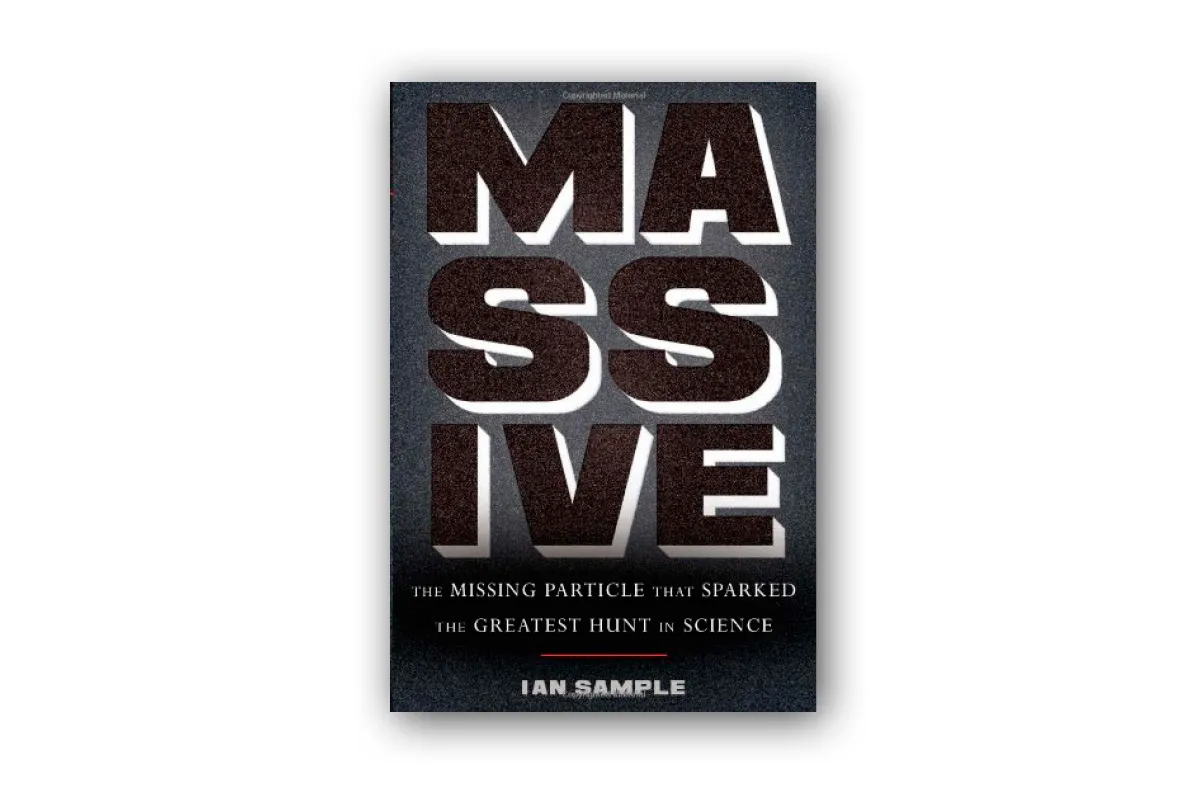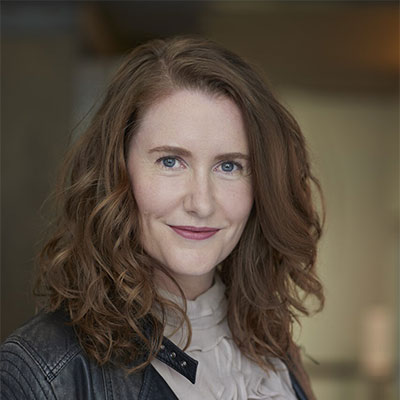What is the nature of matter, how does the Universe work, and how does that affect us? In my book, The Matter of Everything, I explore how our adventures into the heart of matter have changed the world in profound ways. This isn’t just a theoretical story: it is one of ambitious, creative, often nigh-on-impossible experiments which have brought deep insights about nature, vast technological and societal change, and inspired us to work together like never before.
Researching these stories made me fall in love with physics all over again, ultimately leaving me hopeful for our future. At a time when the influence of science and technology can feel anxiety-inducing and frightening, it is more important than ever to find hope in stories of what humanity can achieve when we truly work together to seek understanding.
These are some of the books that inspired me, and I hope they will fuel your curiosity too. And if you fancy browsing more great science reads, check out this list of the best science books to while away lazy summer days.
The best particle physics books to read in 2022
The Usefulness of Useless Knowledge
Abraham Flexner

This theme was on my mind before I began writing my book, when a little parcel appeared in my letterbox in Oxford Physics, dropped off by a colleague. In it was a pocket-sized book featuring a powerful essay from 1939 by Abraham Flexner – the founding director of the Institute for Advanced Study in Princeton – who eloquently argues that ‘useless’ research is ultimately the most powerful source of innovation we have.
The idea that curiosity-driven research – or ‘blue-sky’ thinking – is a powerful force behind technology and societal change is not new. It is, however, an idea that many scientists wish was more widely understood and appreciated – particularly by our political leaders.
Recollections and Reflections
JJ Thomson, edited by G. Bell

J. J. Thomson famously discovered the electron, leading – to his amazement – to entire new industries including electronics, TV, radio and telecommunications. Despite his intellectual heavyweight status, I confess it gave me joy to realise that Thomson also agonised over learning to use a piece of scientific equipment well enough to produce reliable results in the lab.
This is unashamedly a book for those who love a good bit of physics history nerdery and not a popular tome, but I find myself pulling it off the shelf each year to share with my first-year Physics students when we learn about Thomson’s work. What emerges throughout his exceptionally distinguished career is a fascinating character and an endearingly real human. It helps my students to realise that not even Thomson was always on the right track: there is, after all, a whole chapter on his investigations intoséances and the paranormal!
The Fly in The Cathedral
Brian Cathcart

The atom is astonishing in many ways, but particularly in its dimensions. If we expanded the atom to the size of a cathedral, we would find that while the electrons lie out at the cathedral walls, the nucleus at its heart would be so tiny it would be no bigger than a fly. In between, physicists realised in the early 20th Century, is nothing* at all.
Despite this, the nucleus contains around 99.97 per cent of the atomic mass, so is crucially important to our understanding of the atom. Getting at the atomic nucleus and understanding its nature required far more complex experiments than ever before, leading to a dramatic race from around 1927 to 1932 to build the first particle accelerator.
In his wonderful, deeply researched book, Cathcart tells the in-depth story of the race to build the first particle accelerator and in particular the work of the indefatigable John Cockcroft and the young Irishman Ernest Walton, along with the larger-than-life Ernest Rutherford and his modest but ingenious colleague James Chadwick.
*Later, thanks to quantum mechanics, it became clear that even nothingness – vacuum – wasn’t quite as it seemed.
Out of the Shadows: Contributions of Twentieth-Century Women to Physics
Nina Buyers

Science is not an individual pursuit, but a team one. Yet we writers dare not involve every single character in a team of fifty or we know we’ll soon lead our readers – and editors – to despair. As a result, stories of scientific discovery are often told as if by a few lone geniuses, or (to put it bluntly) great white men. Those who play a lesser role in the story are often simply left out, and these omissions can be compounded with biases and stereotypes.
In my research, I found that women – often unpaid or working in the role of assistants and students – were frequently left out in other books. In part, this was because they never went on to become well known, and their contributions – including those by Harriet Brooks, Marietta Blau and Bibha Chowdury – were only recognised many years later. For me, it was a delight to go beyond Marie Curie to find many female physicists. They simply leapt out at me from the page: in acknowledgements, in photographs, sometimes even as lead authors on scientific papers.
Unfortunately, getting to know them more deeply was surprisingly difficult: there are disappointingly few biographies about female physicists and their letters and recollections often went unrecorded. Thankfully, this book – an edited volume of 40 biographies written by world experts – fills that vacuum somewhat.
My World Line
George Gamow

Gamow was a remarkable Russian-US theoretical physicist and as his informal autobiography recalls, a total live wire with a great sense of humour. This comes across in his writing, and he did love to write, including around 30 popular books in physics. He was also a remarkable physicist, contributing to a wide variety of areas of physics including applying quantum theory to the nucleus (a story early in his career, which features in my book) through to cosmology. His books are most amusing, and this autobiography full of anecdotes throughout his life and career is no exception.
Tunnel Visions
Michael Riordan, Lillian Hoddeson, and Adrienne W Kolb

It’s often said we learn more from our failures than our successes: this excellent book – written by three of the most prominent writers in the history of particle physics – details the rise and fall of the planned Superconducting Super Collider (SSC), an 80km long collider planned in the US which could have found the Higgs Boson well before the Large Hadron Collider. It was originally planned as a ‘world laboratory’ to be sited in Texas, USA with the support of international contributions. After kilometres of tunnels were built, the Cold War ended, the budget overran, other countries refused to contribute and in 1993 the project was cancelled by Congress. Many lessons were learned.
Massive: The Missing Particle That Sparked the Greatest Hunt in Science
Ian Sample

Many physics discoveries have been serendipitous ones, but my book features one forty-year-long story of discovery which happened very much intentionally: the search for the Higgs Boson. Sample’s book is one of the most engaging accounts I have come across of this decades-long search, involving egos, politics, enormous collaborations, billions of dollars and ultimately, an incredibly emotional success story. A really engaging read, by an award-winning writer.
The Matter of Everything by Suzie Sheehy is out 28 April 2022 (£20, Bloomsbury)
Discover more great science reads:

